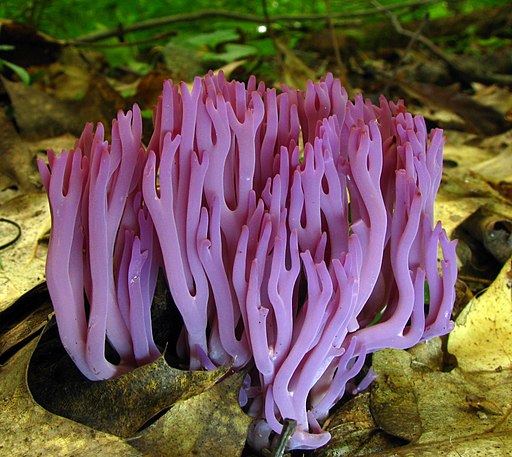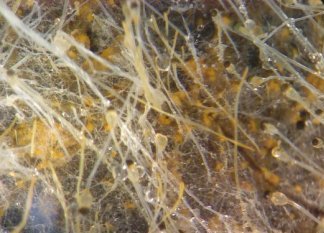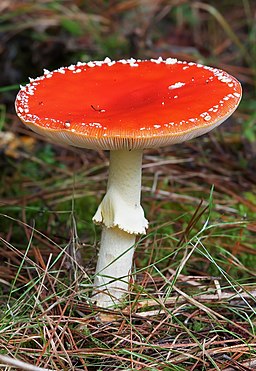So here we are, about a year and a half since the first fungal word Friday and I have not thought to one of the most well known fungal words; spore. I rectify that today!
A spore is the reproductive cell of fungi. It can be unicellular or multicellular and formed through either meiosis or mitosis. Spores in fungi are so diverse that they can be used as an identifier of fungi for several groupings in the Kingdom.
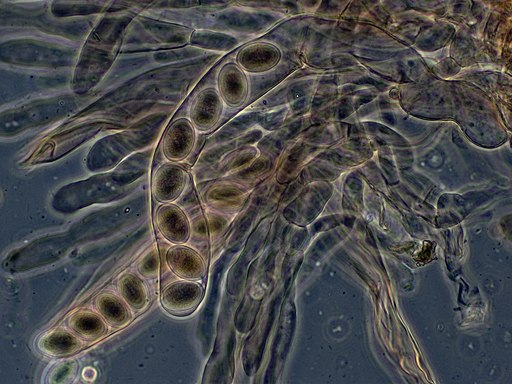 |
| Spores in asci of Morchella elata |
 |
| Fusarium spores |
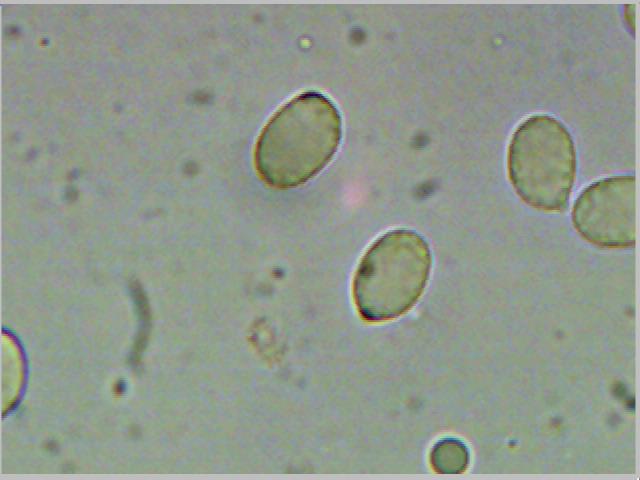 |
| Amanita muscaria spores |
 |
| Chrysosporium spores |
As you can see from just these four randomly selected fungal spore pictures, they come in a vast array of sizes, shapes, colors, and packaging. Spores, while used for reproduction and dispersal are a complex part of what we all know is the complex life of a fungus.
Photo Creds:
By Peter G. Werner (Own work) [GFDL (http://www.gnu.org/copyleft/fdl.html) or CC-BY-3.0 (http://creativecommons.org/licenses/by/3.0)], via Wikimedia Commons
By Gerald Holmes [CC-BY-3.0 (http://creativecommons.org/licenses/by/3.0)], via Wikimedia Commons
By Madjack74 (Own work) [GFDL (http://www.gnu.org/copyleft/fdl.html) or CC-BY-3.0 (http://creativecommons.org/licenses/by/3.0)], via Wikimedia Commons
By Ninjatacoshell (Own work) [CC-BY-SA-3.0 (http://creativecommons.org/licenses/by-sa/3.0) or GFDL (http://www.gnu.org/copyleft/fdl.html)], via Wikimedia Commons
